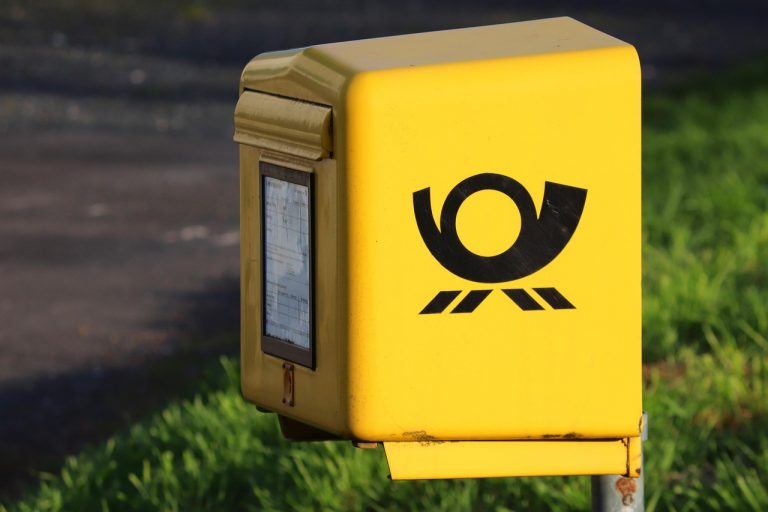Intelligent algorithms may soon be able to provide early warnings of paint defects and machine failures. A research team at the Fraunhofer Institute for Manufacturing Engineering and Automation IPA has carried out a series of painting trials on plastic components and used the resulting data to train an artificial intelligence system.
A car bumper rests on a frame wrapped in aluminum foil. From the left, a robot arm screeches as it approaches. It moves into its starting position, pauses briefly, and then begins to spray paint. The robot intermittently stops and changes position to coat the bumper evenly from all sides. But what makes this scene in the Fraunhofer IPA paint laboratory remarkable is something the human eye cannot see: the painting process is being monitored by artificial intelligence (AI).
The only visible clue is the inline laser detector from AOM, mounted above the robot’s spray nozzle. It measures the number, size, and speed of the paint droplets. This information flows into a central database where all measurement and process data converge—data captured by 30 different sensors. These include parameters from the b+m plant control system such as rotational speed, voltage, valve activations, the amount of paint consumed, the volume of air guiding the droplets, and more. Also added are the measurements taken on the finished bumper and the visual inspection carried out by an experienced paint specialist: coating thickness (verified by Helmut Fischer), color tone, gloss, waviness, and any contamination.
Painting Trials Provide the Data Foundation for Artificial Intelligence
To this day, painting remains a process that cannot be fully controlled. Scrap, machine downtime, and rework frequently occur because prescribed coating thicknesses often cannot be maintained consistently. Oliver Tiedje, Head of the Coatings and Multifunctional Materials Business Unit at Fraunhofer IPA, set out in the research project »pAInt-Behaviour« to use AI to reduce both paint defects and machine stoppages.
Tiedje and his team conducted numerous painting trials in the Fraunhofer IPA laboratory on plastic components from the automotive and commercial vehicle sectors. Before each trial, they deliberately modified the system’s settings—accepting potential errors intentionally. The inline laser detector and other sensors recorded every detail, populating the database with both quality data (such as paint defects and thickness measurements) and process data from the plant control system.
Results Transferable to Other Industries
A research team led by Brandon Sai, Head of the Data-Driven Production Optimization Group at Fraunhofer IPA, evaluated the database using two different machine learning methods. The outcome is a detailed AI behavior model capable of identifying early signs of quality deviations in the painting process and determining their root causes. This enables continuous optimization of the painting process without the need for manual intervention.
“Our findings from the experimental painting processes can be applied to virtually any other product,” says Tiedje. Over recent months, he has submitted a funding proposal for a follow-up project in which he aims to implement his AI-optimized painting process in real industry environments. He is now seeking industrial partners for collaboration.






